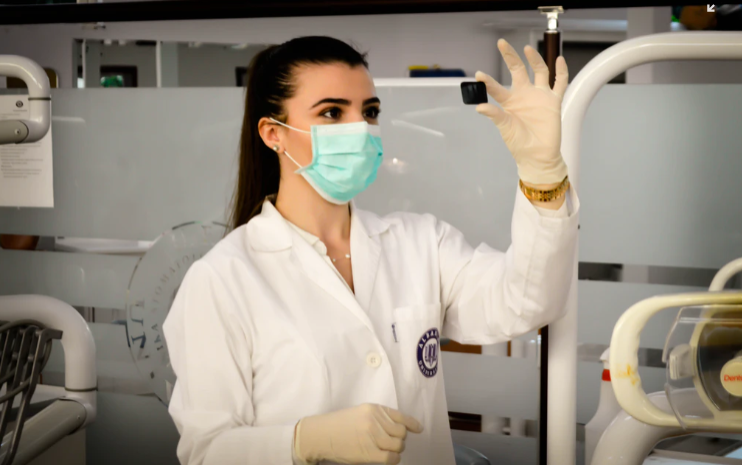According to studies made by researchers at the Harvard T.H Chan School of Public, intermittent or prolonged social distancing measures may still be needed until the year 2022 to keep renascent COVID-19 cases from overwhelming the US healthcare system.

Harvard researchers: social distancing measures will most likely be needed until the year 2022
These researchers, as told by NKY Tribune, have written in the journal Science that "Social distancing measures may need to last for months to effectively control transmission and mitigate the possibility of a resurgence."
They also said that "intermittent distancing may be required into 2022 unless critical-care capacity is increased substantially, or treatment or vaccine becomes available. Recurrent wintertime outbreaks will probably occur."
They have also warned the public that in such outbreaks, the post-intervention peak could actually exceed the size of the unconstrained virus epidemic.
These scientists have stressed the need for antibody blood testing to try and understand and learn more about the behavior of the virus and the kind of immunity it causes to provide for public health. Until these things are known, guesswork will pretty much include in response to the epidemic.
Stat has reported that they "looked at a range of scenarios for how the SARS-CoV-2 virus will spread over the next five years. Those scenarios included variables like whether people who are infected develop short-term immunity - less than a year - or longer-term protection. But overall, the research concludes it is unlikely that life will return any time soon to the way it was before the virus's emergence."
The study also reports that the researchers' hopes that the virus would be eradicated by intensive health care measures after having caused a brief but intense epidemic are now fading.
The researchers also said that the virus could even resemble the pandemic influenza that will be circulating seasonally even after causing an initial wave of infection globally. Differentiating this kind of scenario is the key in formulating a sustained and effective public health response.
There are still other unknown factors
In addition to the questions about the seasonal pandemic influenza, there are still a lot of unknown factors which include the duration of immunity, the degree of cross-immunity with other viruses, and the intensity of control measures.
According to Stat's Helen Branswell, "The researchers' model, based on the behavior of two similar coronaviruses in the U.S predicts that a one-time social distancing effort of the type currently being employed in most parts of the country will not stop transmission of the virus. If treatments are developed that can prevent COVID-19 patients from progressing to severe disease or if a vaccine is developed, movement restrictions could be loosened without health care capacity being overwhelmed."
Mark Lipsitch, senior author of the study, has stressed just how critical it is to try and conduct longterm serology studies that are designed to map out the human immune response to the coronavirus.
ⓒ 2026 TECHTIMES.com All rights reserved. Do not reproduce without permission.




